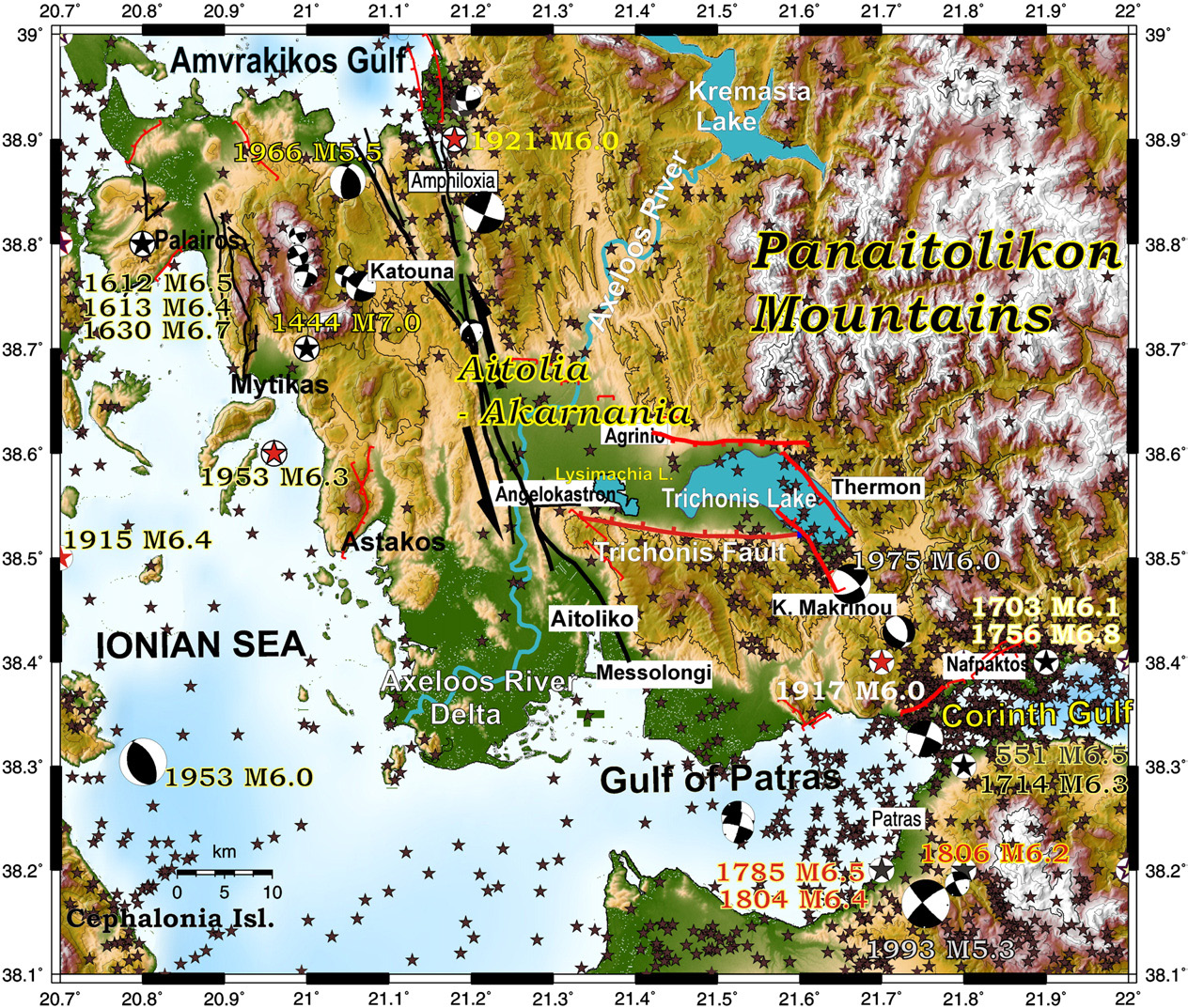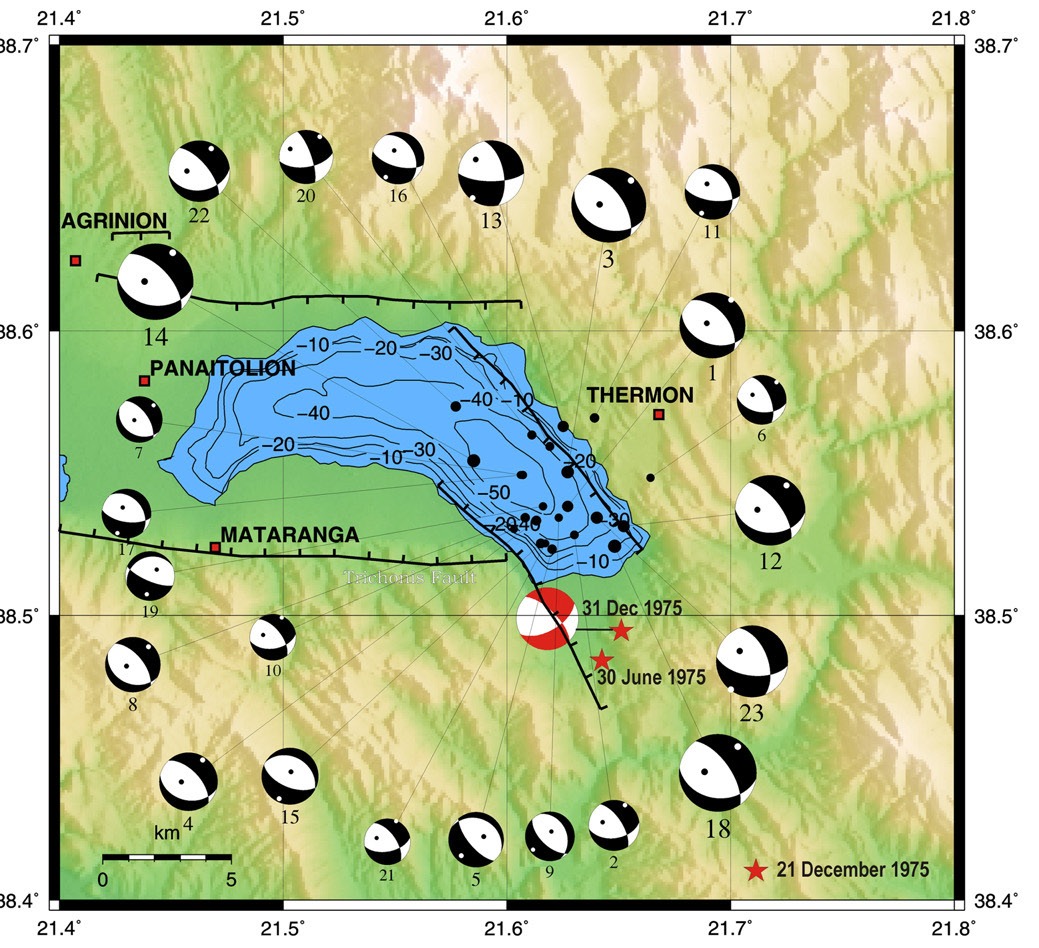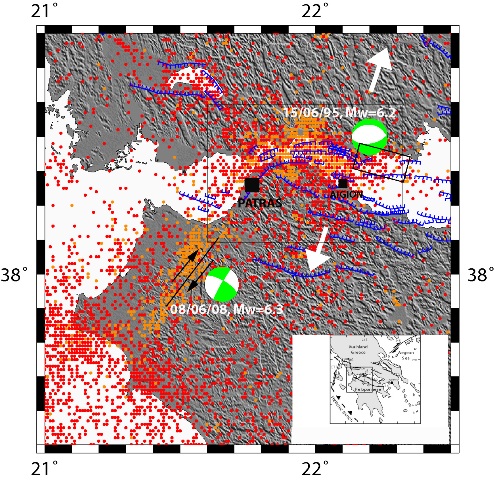Understanding EU, EPOS and other sabir
EPOS, the EC and several EU institutions are using a huge number of acronyms and expressions. Below is a list of some of them. You may also have a look at the EPOS glossary.
A
API: Application Programming Interface
AUV: Autonomous Underwater Vehicle
B
BGR: Board Of Governamental Representatives
C
CERIF: Common European Research Infrastructure Format [Learn more]
COMET: Centre for Observation and Modelling of Earthquakes, Volcanoes and tectonics [Learn more]
COPERNICUS: European Programme for the establishment of a European capacity for Earth Observation [Learn more]
CSEP: Collaboratory for the Study of Earthquake Predictability [Learn more]
D
dataless: same as « metadata »
DDSS: Data, Data products, Software and Services [Learn more]
DEM: Digital Elevation Model
DO: Digital Object
DOI: Digital Object Identifier [Learn more]. Description of the CRL d.o.i.
E
Earthcube: [Learn more]
EC: European Commission
ECO: Executive and Coordination Office
EEW: Earthquake Early Warning
EEWS: Earthquake Early Warning System
EFEHR: European Facilities for Earthquake Hazard & Risk
EGDI: EuroSurveys One Geology Europe [Learn more]
EGU: European Geosciences Union [Learn more]
EIDA: European Integrated Data Archive [Learn more]
EMSC: Euro-Med Seismological Centre [Learn more]
EPN: EUREF Permanent Network [Learn more]
EPOS: European Plate Observing System
EPOS-IP: EPOS Implementation Phase
EPOS-PP: EPOS Preparatory Phase
EPOSAR
ERIC: European Research Infrastructure Consortium
ESA: European Space Agency
ESFRI: European Strategy Forum on Research Infrastructures [Learn more]
ESRIN:
EUREF:
F
FUTUREVOLC:
G
GA: General Assembly
GDM
GEO: Group on Earth Observations [Learn more]
GEP-TEP:
GNSS:
GPS:
GPS84:
H
HEPOS
HELPOS
HR: High resolution
I
ICS: Integrated Core Services [Learn more]
ICS-C: ICS-Central hub
ICS-D: Distributed Integrated Core Services
ICT: Information & Communication Technology
InSAR:
INSPIRE: Infrastructure for Spatial Information in Europe [Learn more]
INTERMAGNET
IPR: Intellectual Property Rights
ISO
IT: Information Technologies
ITRF: International Terrestrial Reference Frame
IUGS/CGI:
J
K
L
M
MEDSUV: Mediterranean Supersite Volcanoes
MOD
N
NFO: Near Fault Observatory
NRI: National Research Infrastructures [Lear more]
O
OBS: Ocean Bottom Seismometer
OEF: Operational Earthquake Forecasting
OGC:
ORFEUS: Observatories and Research Facilities for European Seismology
P
PDB: Project Development Board
Q
R
RESIF:
RIDE: Research Infrasctructure Database for EPOS [Learn more]
RINEX:
S
SAR: Synthetic Aperture Radar
SCB: Service Coordination Board
T
TCS: Thematic Core Services [Learn more]
TNS: Trans National Access
TNRI: Trans-national Research Infrastructures
U
UNAVCO:
V
VERCE
VO: Volcano Observatory
VRI: Volcano Research Institution
W
W3C
X
Y
Z
Others
3D-Def





